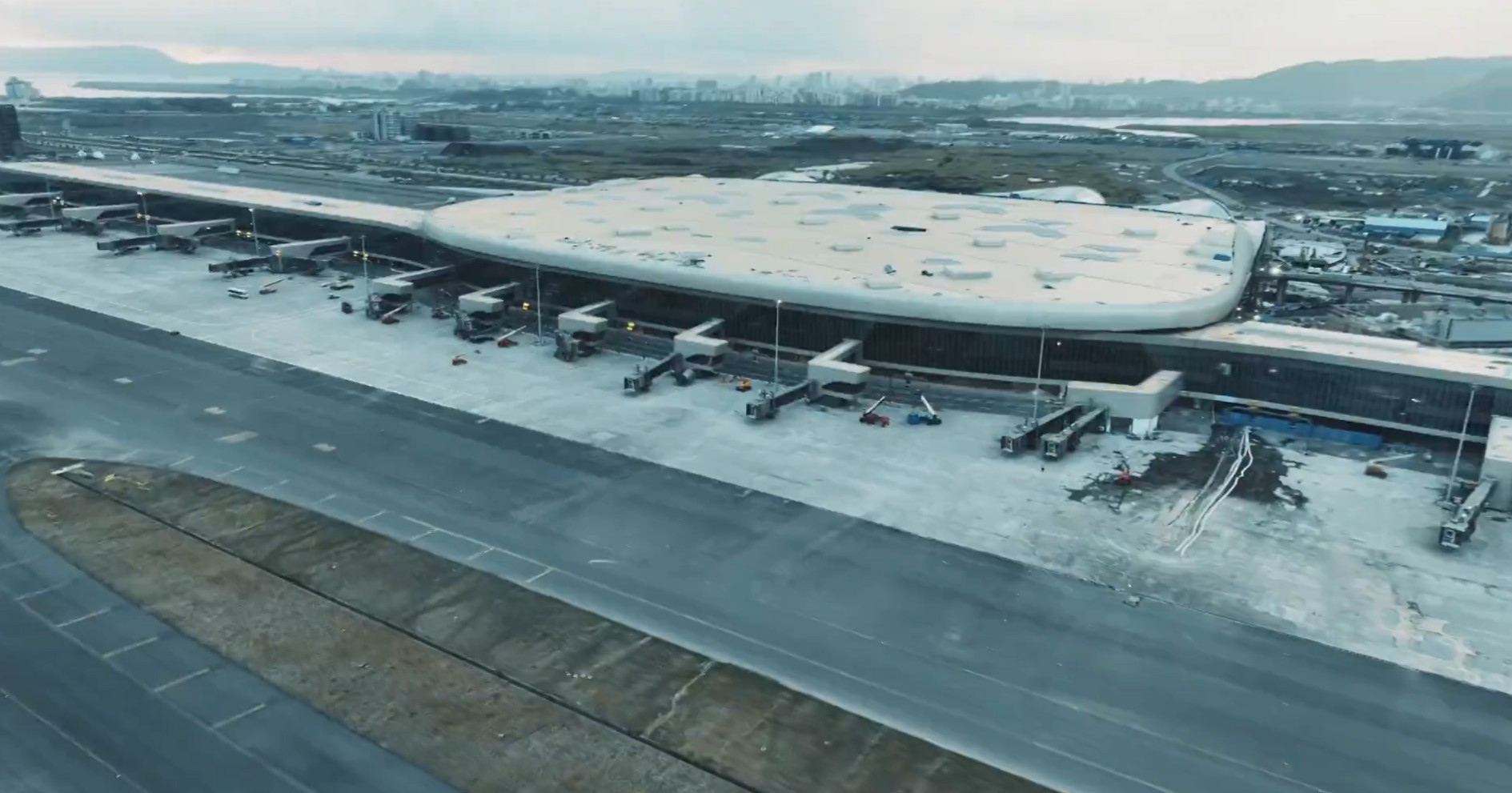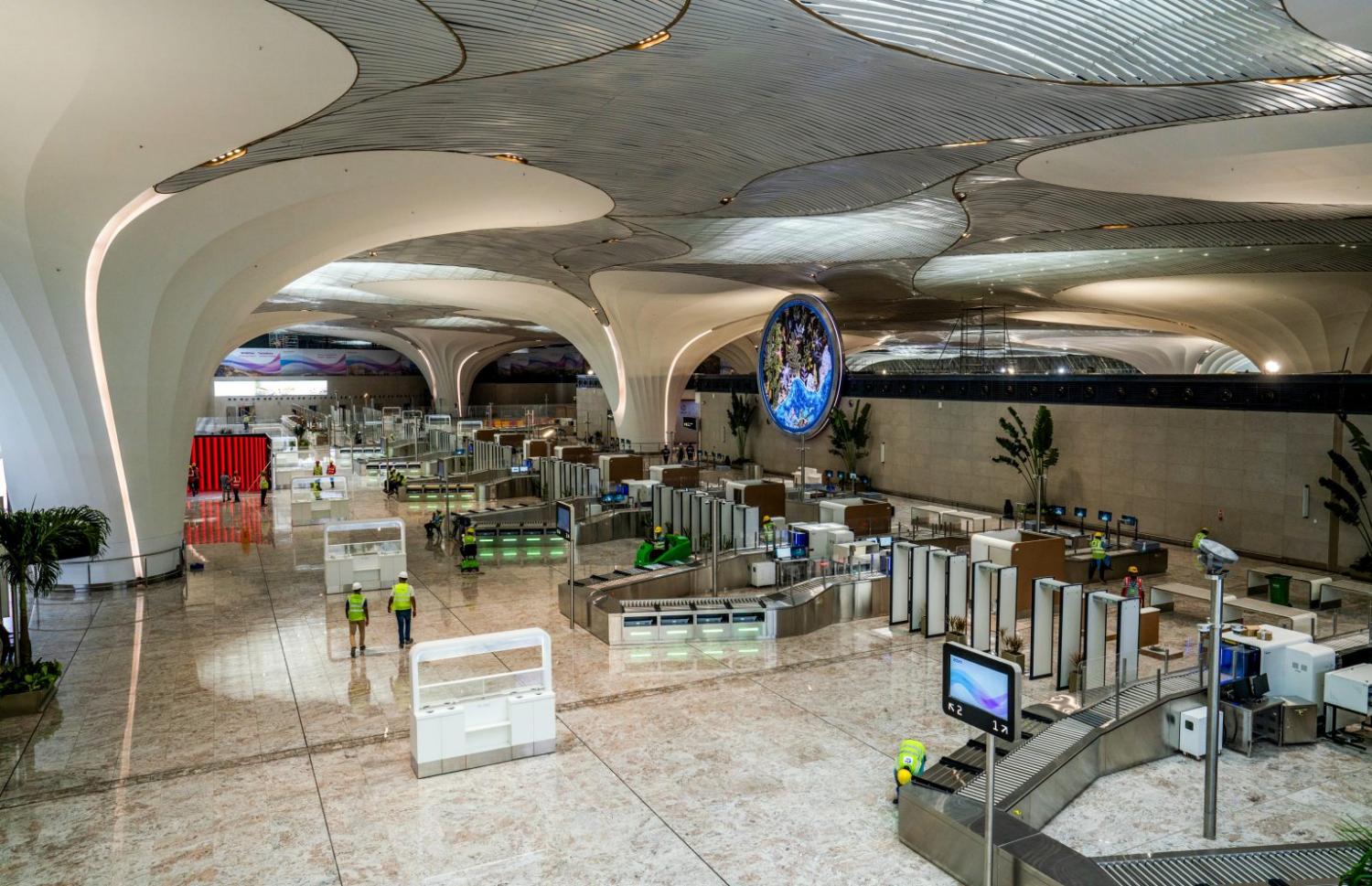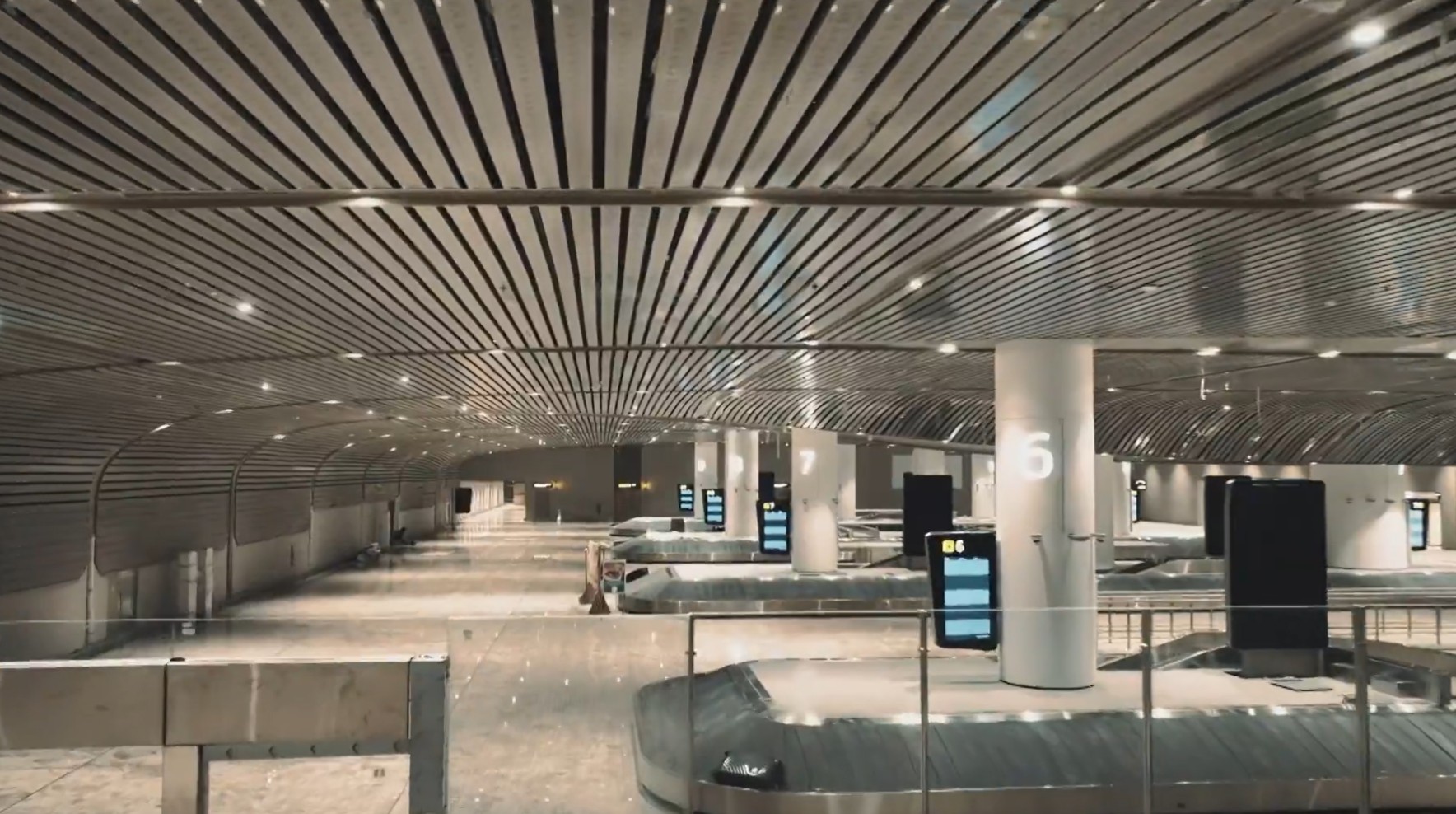India Inaugurates Navi Mumbai Airport, Cementing Its Bid for a New Global Hub
India inaugurated the Navi Mumbai International Airport (NMIA), a greenfield infrastructure project developed with an investment of ₹19,650 crore (approximately $2.35 billion). The new facility, located in Ulwe, aims to substantially improve air connectivity in the Mumbai Metropolitan Region and the western part of the country.
The primary goal of NMIA is to alleviate the growing congestion at the existing Chhatrapati Shivaji Maharaj International Airport (CSMIA), which mobilized 55 million passengers last year, and to position Mumbai as a city with a global multi-airport system.
The development was carried out under a Public-Private Partnership, and it is operated by Navi Mumbai International Airport Pvt. Ltd., a joint venture between Adani Airports Holdings Ltd, holding a 74% stake, and CIDCO (City and Industrial Development Corporation), with the remaining 26%.
Spanning over 1,160 hectares, the airport's architectural design is inspired by the lotus, India's national flower. This concept is reflected in the 12 sculptural columns symbolizing petals and the 17 mega columns supporting the terminal roof canopies, as reported by DD News, the Indian government's news portal.
The first phase of the project, now inaugurated, features a single integrated terminal for domestic and international operations with a capacity to handle 20 million passengers per annum (MPPA). The expansion plan envisages the airport accommodating up to 90 million passengers per year in its final phase.
Commercial flights will begin operating in December, with an initial estimated 40 to 50 flights per day. In the coming weeks, the new IATA code NMI will begin to appear in reservation systems, representing this new airport.

Technical capacity and features
For its air operations, NMIA is equipped with two parallel runways compliant with ICAO's Code F, allowing it to handle large aircraft such as the Airbus A380. Each runway measures 3,700 meters in length and 60 meters in width. Terminal 1 is outfitted with 66 check-in counters, 22 self-baggage drop points, 29 aerobridges, and 10 bus boarding gates.
The cargo complex, with an initial capacity of 0.5 million metric tonnes annually, integrates fully automated cargo handling, shipment tracking, and paperless operations. It includes temperature-controlled zones for pharmaceuticals and perishables, dedicated express cargo and drone handling zones, and specialized facilities for valuable items and live animals.

Sustainability and technology
NMIA is envisioned as a 5G-enabled smart airport. It incorporates the Digi Yatra system for contactless passenger processing, eliminating the need for manual ID checks, and uses real-time monitoring systems powered by the Internet of Things (IoT). The Adani OneApp will offer passengers digital access to retail, dining, and lounge services.

In line with a focus on sustainability, the airport features 47 MW of solar power generation, rainwater harvesting and wastewater recycling systems, and a fleet of fully electric operational vehicles. The project holds certifications from international agencies such as IATA's Centre of Excellence for Independent Validators (CEIV) and the U.S. Transportation Security Administration (TSA).

/https://aviacionlinecdn.eleco.com.ar/media/2025/10/aeropuerto_internacional_navi_mumbai_india_vista_aerea.jpg)
Para comentar, debés estar registradoPor favor, iniciá sesión